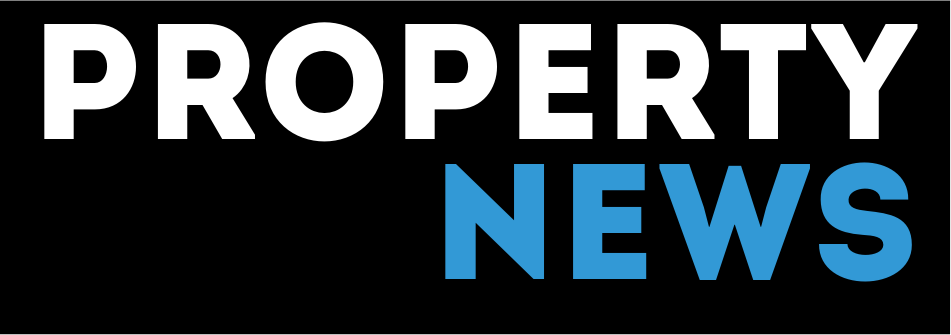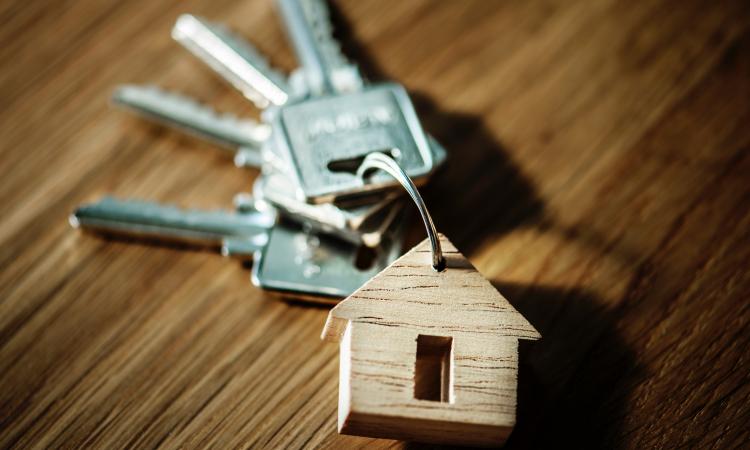The home sales pipeline is now 50% bigger than this time last year, with 140,000 more buyers rushing to beat the Chancellor's stamp duty holiday deadline, according to Zoopla's latest House Price Index.
The combination of the temporary tax break and pent-up demand post-lockdown has also seen UK house price growth in September hit a two-and-a-half year high of 3%, with the annual rate edging up from 2.6% in August, which means that the average UK house price is now £219,800.
High buyer demand is fuelling the headline rate of house price growth. The 3% UK growth rate, up from 1.1% a year ago, is the highest since April 2018.
Drilling down to a regional level, house price growth in September ranges from 1.7% in the north east, to 3.9% in Yorkshire and the Humber.
At a city level, northern cities led the pack once again. Nottingham and Manchester registered annual house price growth of 5.1% and 4.6% respectively. Leeds followed, with house prices climbing 4.5% year-on-year.
The stamp duty holiday, which offers a saving of up to £15,000, as well as pent-up buyer demand post-lockdown, has led to a record-high number of sales being agreed.
Zoopla's data reveals that new sales agreed were up 9% year-on-year in June, growing to 42% in July, and peaking at 62% in August. This means that the sales pipeline is now 50% bigger than it was this time last year. We estimate there are 418,000 homes sales progressing to completion – 140,000 more than usual at this time of year - worth a whopping £112bn.
Since the start of 2020, the total number of new sales agreed is 3% ahead of this time last year. And the rebound is greatest in the southern regions, particularly the south east, London and the east of England, where transactions have sprung off a lower base.
At the other end of the spectrum, year-to-date sales in Wales and Scotland still lag last year’s figures.
It typically takes just over 100 days for transactions to progress from the point of a sale being agreed to completion.
But the volume of business in the sales pipeline means this could increase in the short term, with 54% of sales agreed in January set to complete by the end of March, when the stamp duty holiday finishes.
The number of homes for sale at a national level is 18% higher than this time last year. Much of this sales inventory is at higher average asking prices than a year ago. The median house price of a home listed for sale on Zoopla is 10% higher than in 2019.
The greatest increase in the number of homes on the market has been seen in London. Stock levels in the capital are 39% higher than a year ago, as more sellers enter the housing market after house price falls during 2018 and 2019.
Meanwhile, the north east and north west regions have seen a slower growth in the supply of homes for sale.
However, buyer appetite continues to moderate as it typically does at this time of year, with new enquiries over the last fortnight slowing to the pre-Covid-19 levels of early March. But to put this into context, they still remain 46% higher than a year ago.
The housing market is not immune to economic pressures resulting from Covid-19. The recession and rising unemployment are taking their toll - but this is being masked by strong market conditions in other areas.
Richard Donnell, research and insight director at Zoopla, explained: “House price growth continues to move higher as the weight of demand pushes the growth rate upwards and we expect prices to be 4% higher by the end of 2020.
“However, the strength of the market nationally is masking weakness in parts of the market where sales are slowing in areas where households are typically on lower incomes and more sensitive to economic uncertainty and more restricted credit availability.
“This market polarisation is set to become a growing feature of the market as we move in 2021.”

